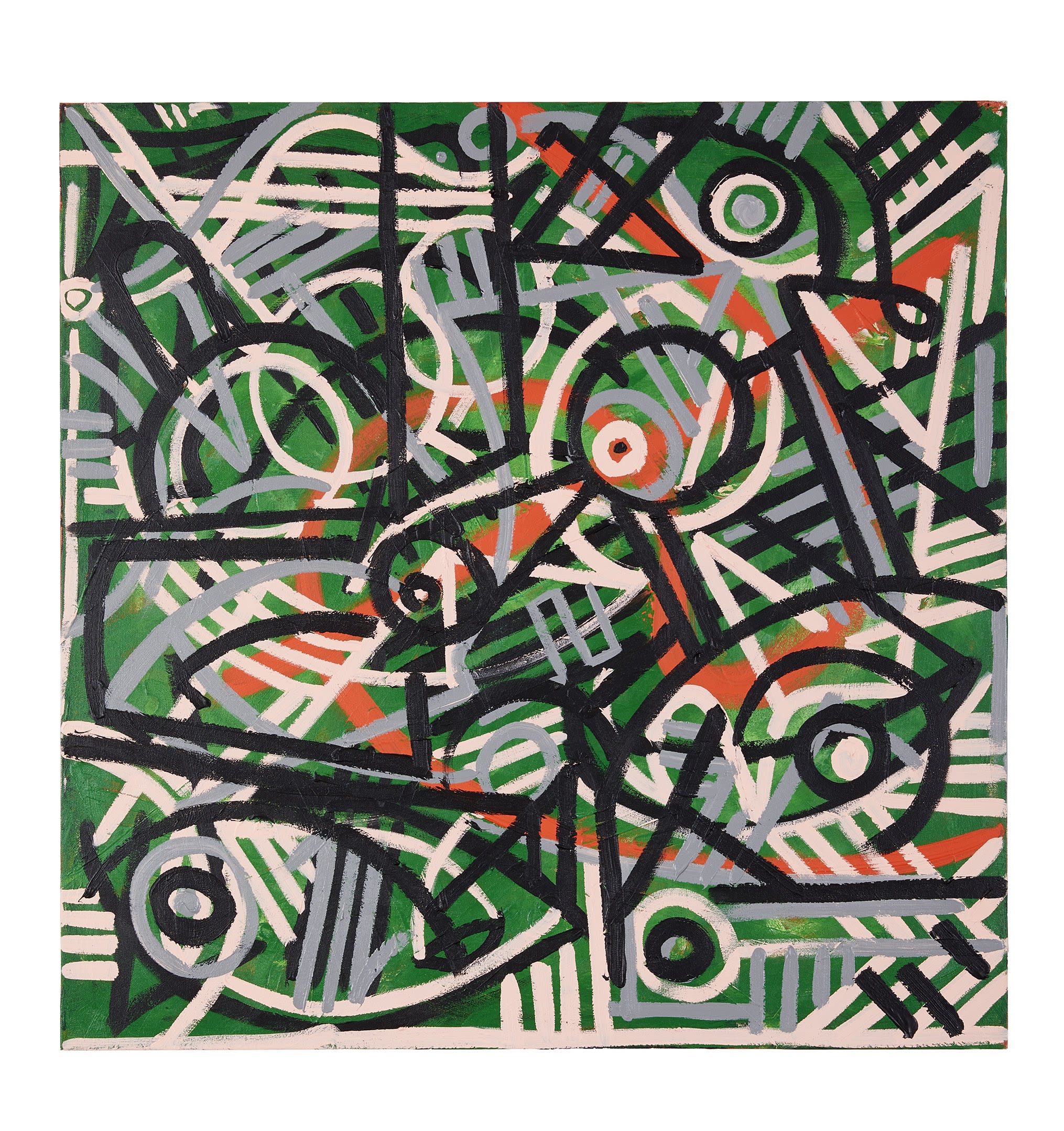Overview:
Pablo Picasso (1881-1973) is widely regarded as one of the most influential artists of the 20th century, leaving an indelible mark on the trajectory of modern art. Born in Malaga, Spain, Picasso demonstrated exceptional artistic talent from a young age and quickly established himself as a prodigious painted and sculptor. His prolific career spanned various artistic movements, including Cubism, Surrealism and Neoclassicism, reflecting his relentless innovation and boundless creativity. Picasso’s legacy transcends conventional categorisations, encompassing an expansive body of work that continues to captivate an inspire audiences worldwide.
Artistic Style:
Although best known for his role as a founder of Cubism, Picasso’s artistic style is characterised by extraordinary versatility and continual evolution, defying easy classification within any single movement or genre. Through fragmentation and geometric abstraction, Picasso deconstructed reality, offering observers multiple points of perspective simultaneously. Beyond Cubism, his oeuvre encompasses a diverse array of styles, from the classical purity of his Blue and Rose periods to the later surrealist works.
Key Themes:
Throughout his career, Picasso explored a myriad of themes, ranging from personal to political, from philosophy to the nature of reality. Whether depicting the horrors of war in his powerful anti-war masterpiece Guernica’ or exploring the complexities of the human psyche in his portraits and allegorical compositions, Picasso’s work resonates with a timeless relevance that transcends its historical context. His enduring influence on the course of modern art cannot be overstated, cementing his status as revolutionary figure of the 20th century and beyond.

